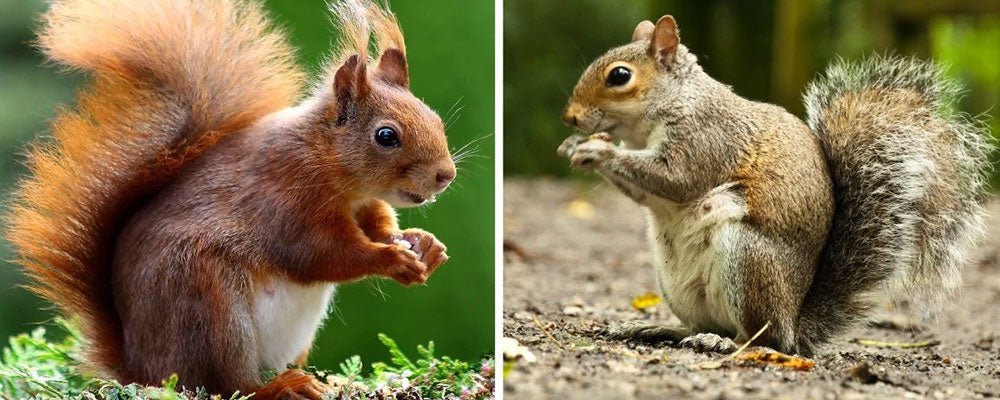
Red and Grey Squirrels - What's The Difference?
Where do Red Squirrels come from?
Fossil bones in caves have shown that an animal, very much like our red squirrel, but called White's Squirrel (Sciurus whitei), was present in the coniferous forests that covered Britain some 12 million years ago.
The first remains of own red squirrel (Sciurus vulgaris) originate from some time just before the land connection with Europe disappeared about 10,000 years ago at the end of the last Ice Age.
In recorded history, there does not appear to be any mention of another species of squirrel native to the British Isles. However, in 1781, a naturalist named Pennant described for the first time the bleached tails of British red squirrels in summer coat. In 1792 Kerr defined the British sub-species Sciurus vulgaris leucourus, separated purely by virtue of its light tail.
How many types of Red Squirrel are there?
We now recognize some seventeen sub-species of the red squirrel (Sciurus vulgaris) throughout its range across Europe. These sub-species are really very similar to look at, and they interbreed readily in captivity, making them difficult to define.
Indeed, there are historical records of foreign squirrels being imported to London markets for sale as pets, particularly during the eighteenth century, and it may well be that the enormous colour variation that we see amongst British red squirrels today is at least partly due to interbreeding between introduced sub-species and our own British red squirrels, but this is by no means certain.
In Ireland, the first records of red squirrels were of specimens sadly stripped of their skins in about 1243, and in Wales similar hunting records exist from the 13th century. It is difficult to know if this means that there were squirrels living in Welsh and Irish woodlands, or if the skins were simply imported from other countries. However, it would appear that in the 15th century, red squirrels disappeared completely from Irish soil, and were not reintroduced again until the early 19th century.
Why did they disappear? It seems that industry (fuel for factories), agriculture and war made enormous demands on the timber resources of the countryside, and forest destruction took place on quite a dramatic scale. In Wales and Scotland there is a similar story. Red squirrel numbers declined rapidly during the acute timber shortage of the 15th and 16th centuries, and during the 18th century the Scottish red squirrels were all but extinct.
In England, there was similar de-forestation, but red squirrels did not seem to suffer so badly. At the beginning of the 19th century, everybody started to plant trees, especially fast-growing conifers, to replace the ancient broad-leafed woodlands that had been felled. Red squirrels recovered in these new woodlands, and by the beginning of this century, they had reached peak numbers. In 1889, 2,281 red squirrels were shot by the commissioners of the New Forest, as timber pests, and in 1903, the Highland Squirrel Club was formed, proudly announcing the destruction of 82,000 red squirrels in its first thirty years of existence.
Where do Grey Squirrels come from?
In 1876, a Mr Brocklehurst set the scene for today's British squirrel story when he released a pair of North American grey squirrels into Henbury Park in Cheshire. This hobby soon caught on, because people liked the look of the 'new' squirrels, and old Mr Brocklehurst started a trend for introduction that was to continue for nearly fifty years, long after their harmful effects were beginning to be realized.
The best known introductions were made at Woburn Park, the first of which took place in 1889.
Grey squirrels spread particularly well from Woburn, and just to make sure that they did, many of the greys were shipped all over the place. By the early 1900s, the grey squirrels population was well established in the United Kingdom.
As a result, between 1900 and 1925, red squirrel numbers declined drastically all over the British Isles. They stopped culling in the New Forest in 1927, and heaven knows what happened to the Highland Squirrel Club.
Why are Grey Squirrels affecting the populations of Red Squirrels?
At first people thought that the larger and heavier grey squirrel were chasing and killing the smaller red squirrel, effectively forcing them out and taking over their homes.
However, detailed scientific study has revealed an intriguing and far more complex story. The grey squirrel evolved in the broadleaved forests of North America alongside other types of squirrel and forest mammal and so are used to competing for food and resources.
Our native red evolved primarily in the boreal forests of Europe and Asia with little competition from other tree-dwelling mammals. What's more is that the red squirrel is finely tuned to live at a relatively low density of less than one per hectare of woodland regardless of woodland type, allowing it to find food throughout the year.
Grey squirrels can occur at much higher densities of up to eight per hectare, especially in oak woods following a good acorn crop. The very presence of the grey squirrel in the same wood could put stress on to the reds and their ability to forage and maintain body condition.
Researchers were able to demonstrate that the grey squirrel had the competitive edge over reds, as it could digest large seeds from deciduous trees like acorns before they were fully ripe (such unripe acorns would make red squirrels lose body weight rather than gain it). The grey could exploit and remove acorns, hazel nuts and beech mast before it was ready to be eaten by the red squirrel, resulting in reduced breeding success for the red squirrels.
Another factor that has been at play during the spread of the grey squirrels has been that across Britain many of the woodlands and plantations were felled between 1914 and 1945, particularly those containing old growth Scots pine and Norway spruce. Further large forested areas were then felled to be replaced with the faster growing Sitka spruce for a more economic forestry industry. Unfortunately, the Sitka spruce is not so well suited for red squirrels as the cone production can vary considerably from year to year.
So, the creation of large blocks of forestry plantations between the 1940s and the 1980s meant that most of the trees would be of the same age and would cone heavily in the same year. In other years, there could be few if any cones at all and so would make life very difficult for the red squirrel.
Over the same time period we have witnessed the intensification of agriculture to produce bigger farms with bigger fields by removing hedgerows and other field boundaries. This loss of hedgerows since the 1940s has added to the fragmentation of woodlands by removing linking corridors and isolating populations of red squirrels (that are reluctant to cross long distances over open ground).
On the flip side, for the grey squirrel this has not been such a challenge as they have been found to travel up to 2 km over open country to disperse to new woodlands if there were food shortages in their existing habitat, making them very good invaders.
However, the biggest single threat facing the red squirrel in the UK is the outbreak of disease, as this can result in their populations falling dramatically or becoming locally extinct. The main diseases include a novel poxvirus that is lethal to reds (known as Squirrel Poxvirus SQPV) and Coccidiosis, an intestinal parasite called Eimeria sciurorum that can also be fatal.
The impact of grey squirrels on red squirrels is exacerbated by the fact that the grey squirrel acts as a reservoir host and carrier of the squirrel poxvirus while remaining virtually unaffected by its symptoms. So, where outbreaks of the SQPV have occurred we now know that the rate of decline of the red squirrel is up to 25 times higher than in populations just facing competition stress.
Indeed, a recent scientific investigation that modelled red and grey squirrel populations was able to demonstrate that the transmission of SQPV by grey squirrels has been a crucial factor in the decline of the red squirrel and explains the speed of replacement of reds by greys.
SQPV is thought to have spread from south west England and has moved north with the spread of the grey squirrel. Until recently there were no records of grey squirrels in Scotland testing positive for the SQPV antibodies. However, by 2006, at least 30 culled greys were found to be positive for SQPV in the south-west of Scotland, close to one of the largest strongholds of the red squirrel in the UK.
There is a real concern that more SQPV grey squirrels will disperse along the river valleys and other wildlife corridors into Scotland from Cumbria and Northumberland. This could be devastating to the future survival of the red in Scotland unless tackled by direct conservation action.
Why are Grey Squirrel populations rising?
Maps showing the distribution of red and grey squirrels are almost mirror images of one another. Where the grey squirrel is, the red is not. From countrywide abundance in the early 1900s, red squirrels have now become so scarce that most people in the South have never seen one.
On the other hand, with less than a century of British citizenship, grey squirrels are now so common that when you mention the word 'squirrel', it is a grey squirrel that springs to most people's minds.
If you wanted to see a red squirrel these days, most of you would have a long journey. Grey squirrels on the other hand have extended their range enormously from the original points of introduction. Initially checked by natural barriers like unsuitable countryside, rivers and areas of industrial development, the resourceful grey, a great traveller and not averse to the odd dip, have nevertheless managed to spread well.
Red squirrels do take refuge on a number of islands. On Anglesey, sadly they were not safe from grey invasion, due to the existence of a road bridge. Safer isles include Skye, and most notably the south coast islands of Brownsea and the Isle of Wight. There are now no red squirrels in southern and central England at all, and those on the Isle of Wight particularly represent an isolated but viable population that should be protected at all costs.
It is very interesting that red squirrels seem to have retreated into the massive areas of planted conifer found commonly in Scotland and northern England. Could it be that they are better able to withstand invasion by grey squirrels when living in the type of forest in which they evolved prior to the last Ice Age? It is worth remembering that grey squirrels have lived in broadleaved woodland for millions of years (as opposed to only a few thousand years in the case of British reds), so reds may prefer conifers and greys do less well there.

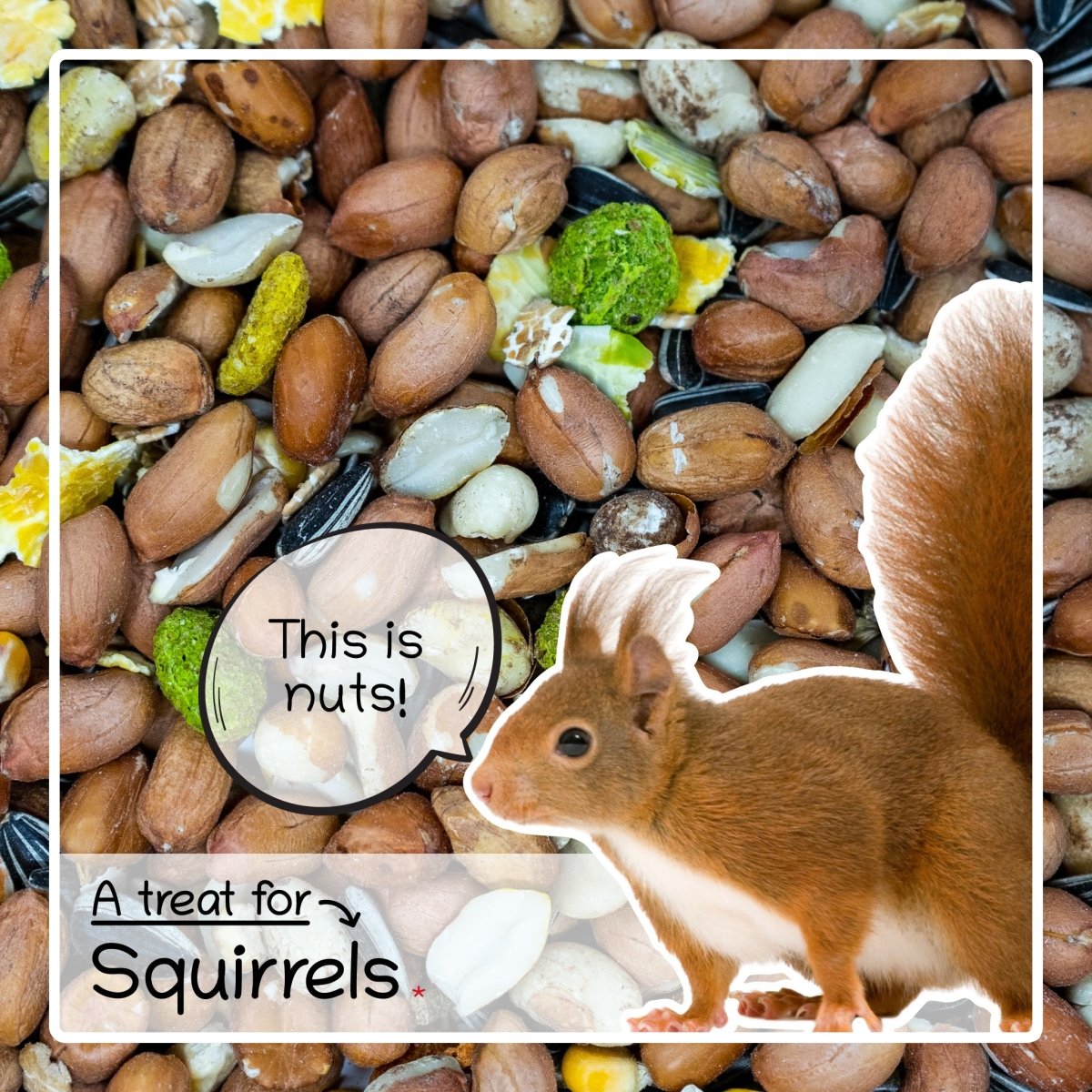

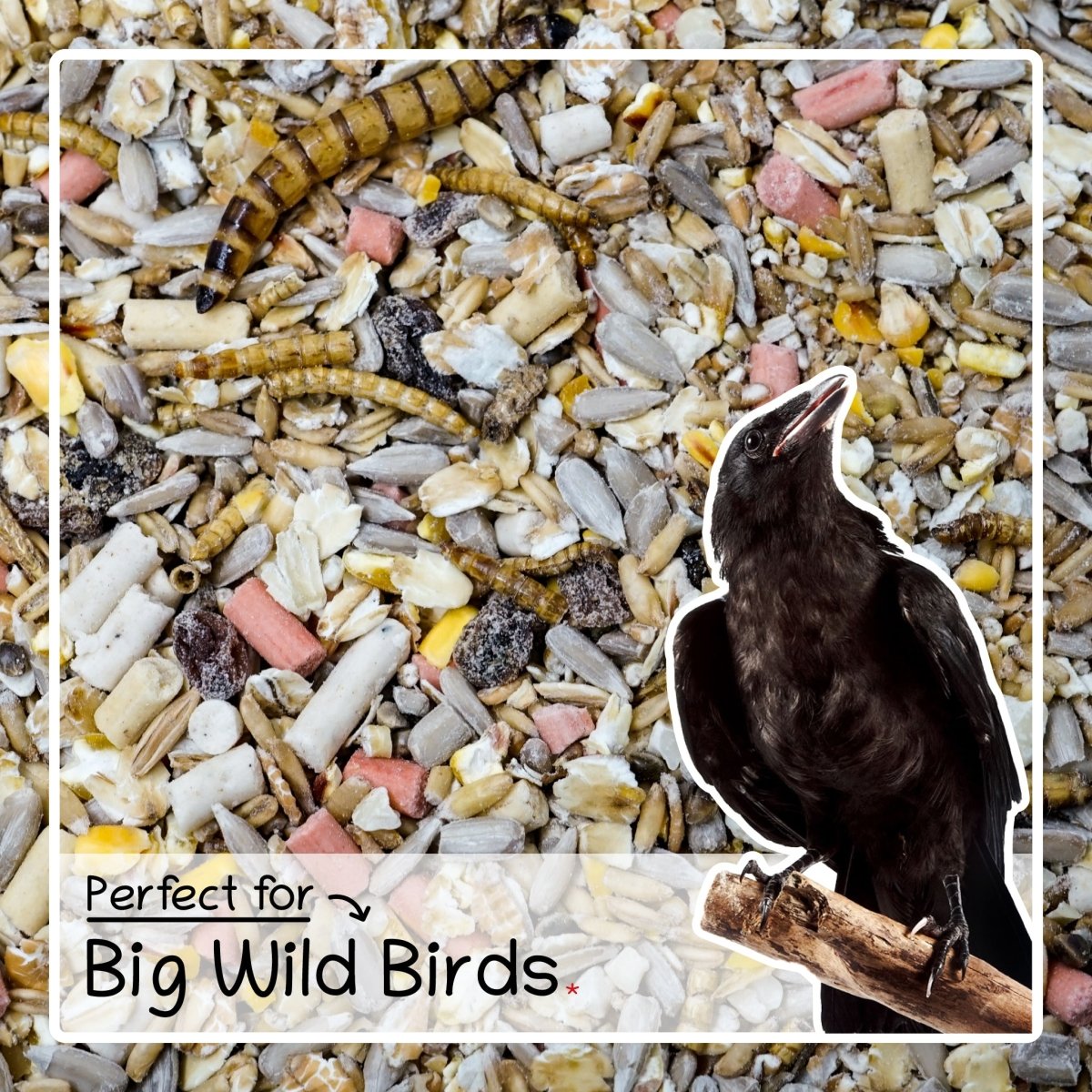



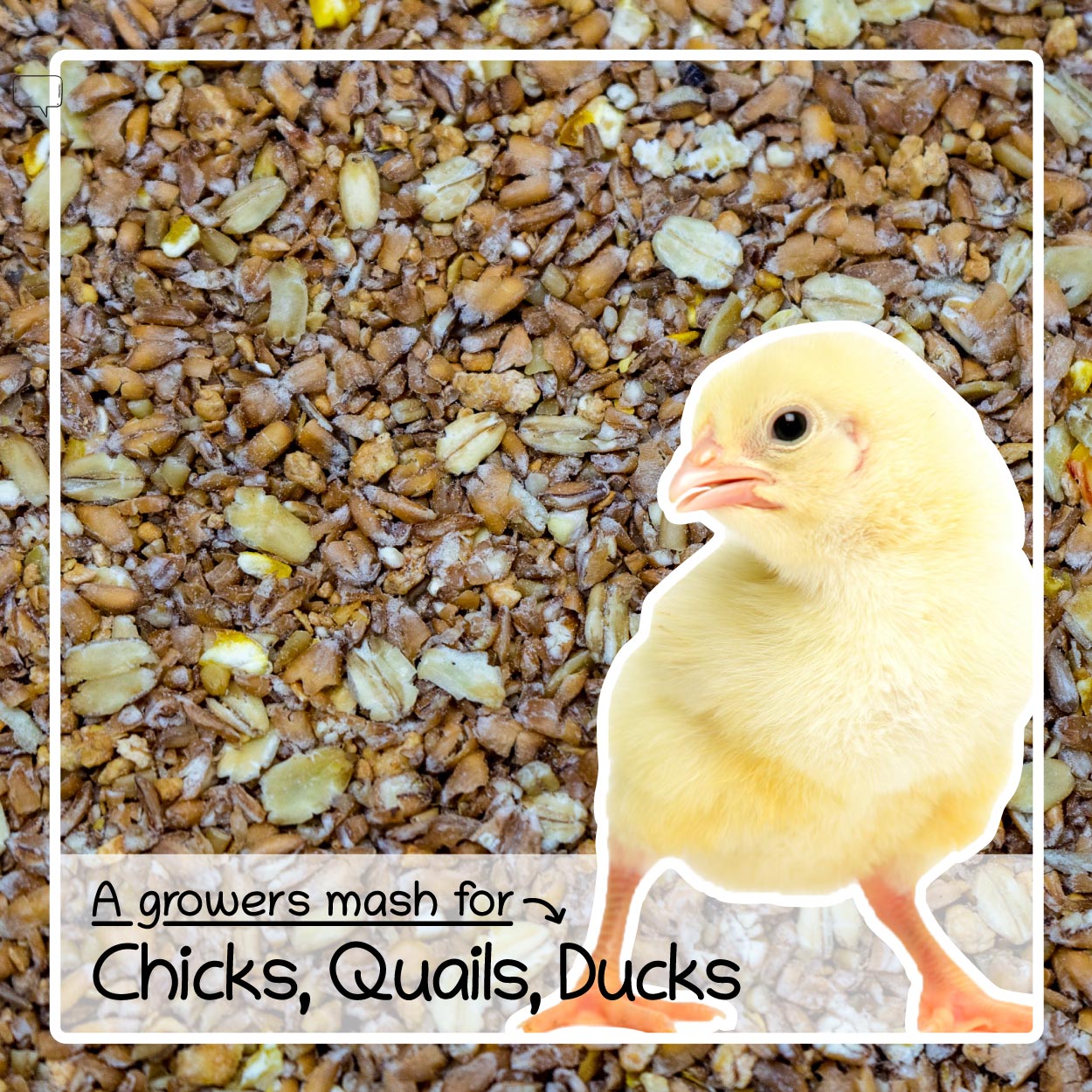
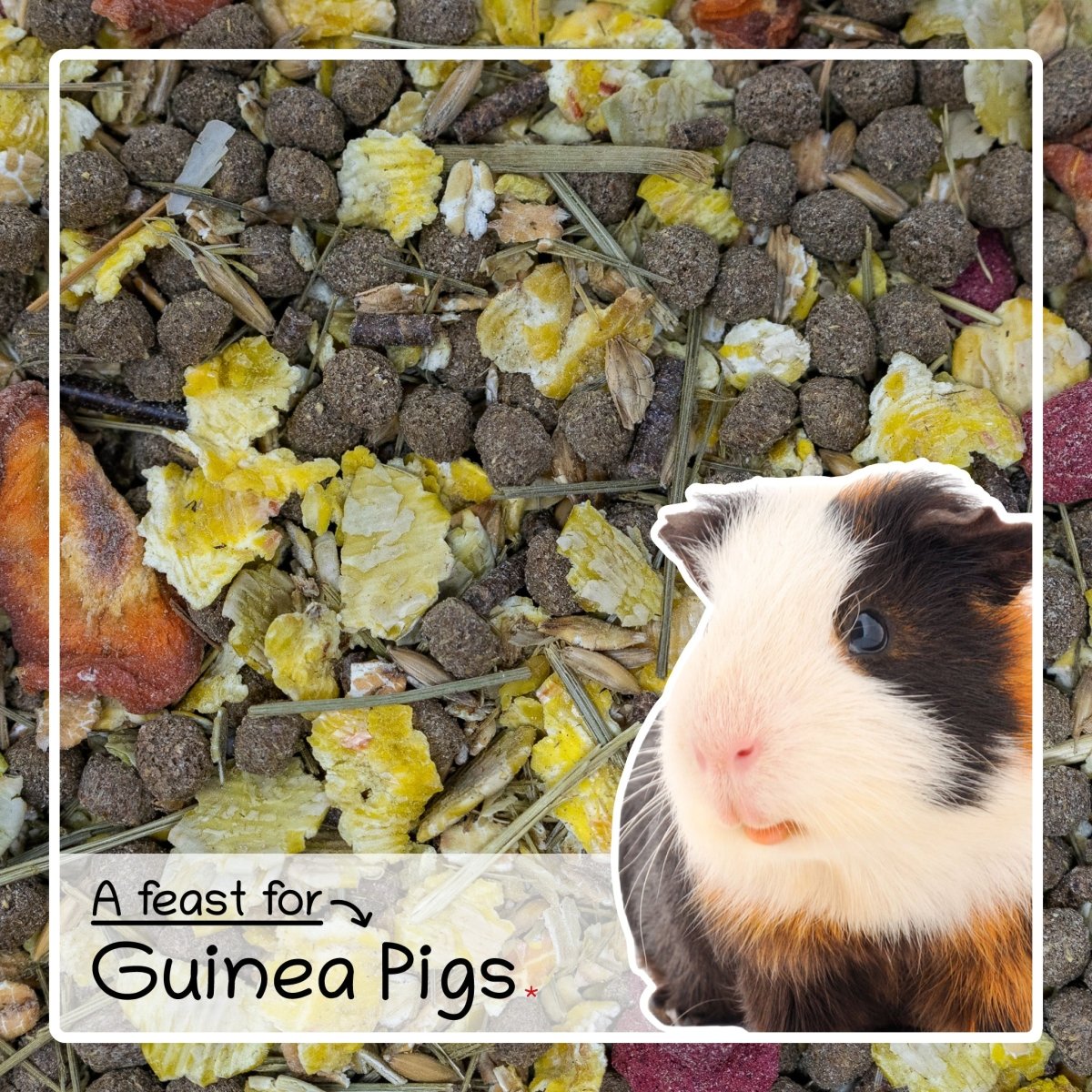





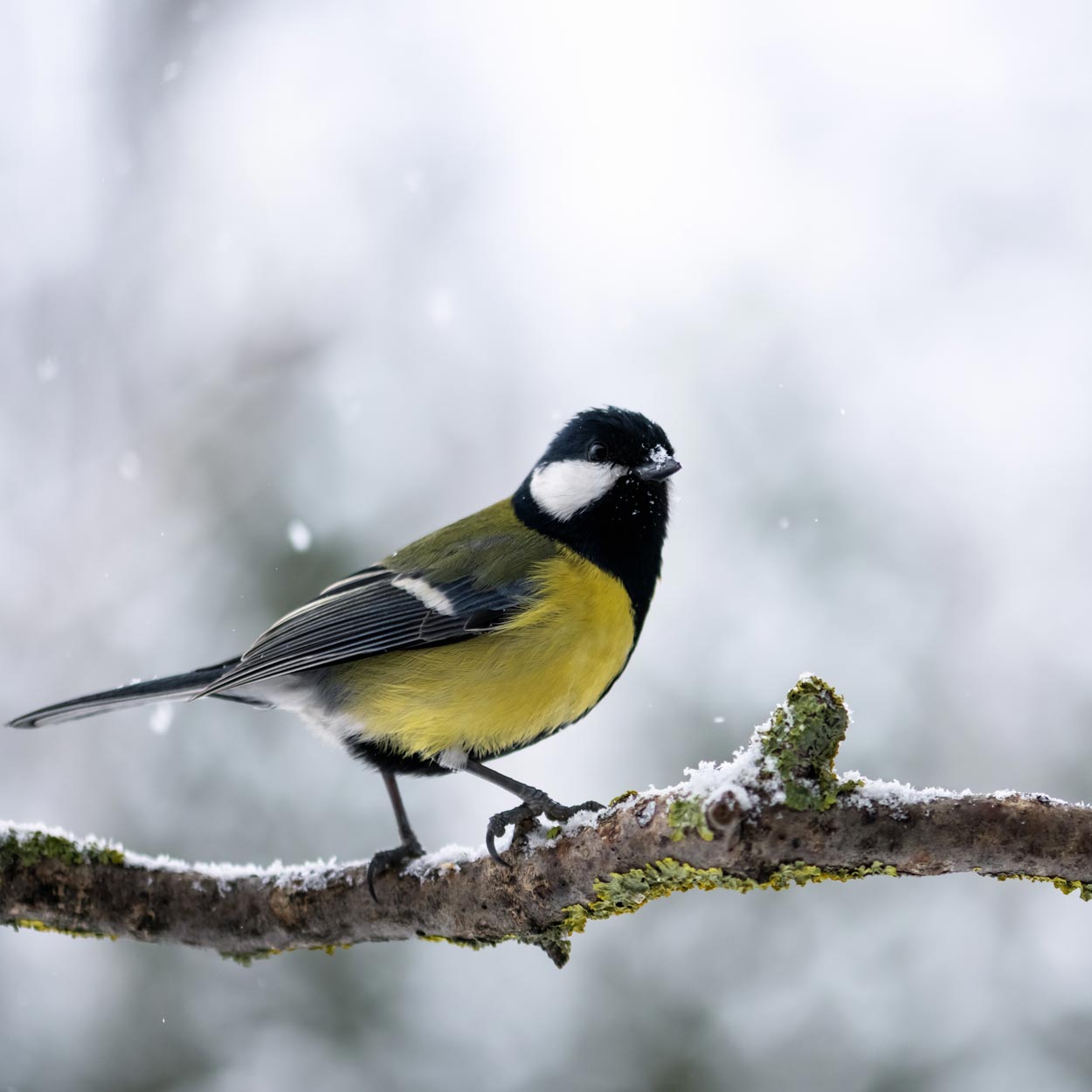
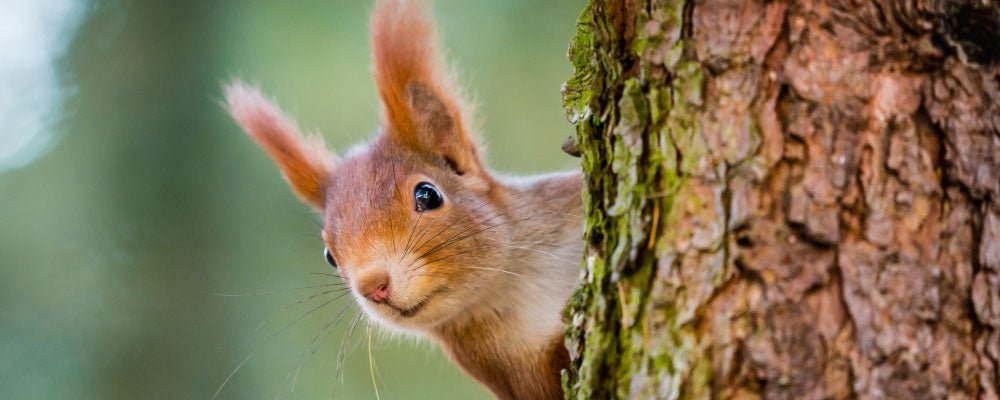

Leave a comment
This site is protected by hCaptcha and the hCaptcha Privacy Policy and Terms of Service apply.